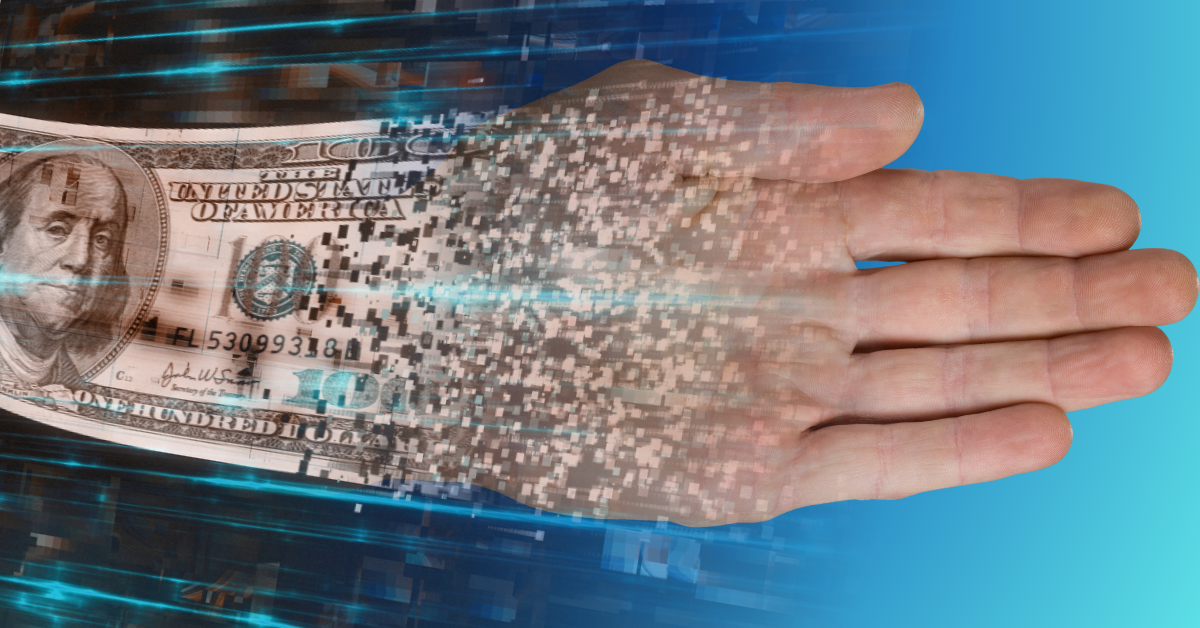Categories
As a software developer and retailer of biometric devices, I’ve seen first hand how palm vein payments are reshaping the landscape of secure transactions in 2025, offering a seamless way to pay with just a wave of the hand. I’m constantly amazed by how this technology delivers unmatched security, hygiene, and convenience, making it a game-changer for businesses and consumers alike.
It’s clear to me that palm enabled payments are the future, and I’m excited to share how this technology has evolved, why it stands out, key steps for adopting it, and where it’s headed next, all while drawing on insights from my work with clients across industries.

Understanding the evolution of palm vein payments helps highlight why they’re such a powerful solution today. Here’s a timeline of their journey from concept to mainstream payment technology:
1980s
Engineer Joe Rice pioneered vein pattern recognition after an identity theft incident, aiming for a secure biometric method that couldn’t be easily compromised.
2000s
Fujitsu launched its PalmSecure system, initially used for secure access in banking and healthcare, laying the foundation for payment applications.
2010s
Japan led the way with palm vein payments in ATMs, proving the technology’s reliability for financial transactions.
2020s
By 2024, Amazon One and Weixin introduced palm vein payments in retail and public transport, with Amazon gaining over 3 million users in the U.S.
2025
Palm vein scanners use near-infrared light to scan the unique vein patterns in your palm, creating an encrypted template linked to your payment account. A quick hand wave at a scanner authorizes the transaction—no cards or devices needed. From my experience, here’s why this technology is a standout for secure payments:

My clients often ask how palm payments compare to traditional card-based payment methods, such as credit or debit cards. As a seller, I’ve seen first hand how these two approaches differ, and I’m happy to break it down based on my observations:
Palm Vein: Internal vein patterns and liveness detection make spoofing nearly impossible, offering top-tier security with a false acceptance rate of less than 0.00008%.
Cards: Vulnerable to theft, skimming, or fraud—cards can be stolen or cloned, and PINs can be compromised, posing significant security risks.
Palm Vein: Offers robust privacy since vein data is internal and can’t be captured without consent, ensuring user control.
Cards: Card numbers and personal details can be exposed during transactions or data breaches, raising privacy concerns, especially with online payments.
Palm Vein: A simple hand wave completes the transaction, with no need to carry or swipe a card, though some users may need initial guidance on positioning.
Cards: Require carrying a physical card, swiping or tapping, and sometimes entering a PIN, which can be cumbersome if the card is misplaced or the reader malfunctions.
Palm Vein: Can be affected by extreme cold reducing blood flow, but performs well in controlled indoor settings, with no physical waste like plastic cards.
Cards: Contribute to environmental waste through plastic production and disposal, and magnetic strips or chips can fail in harsh conditions like extreme heat or moisture.
The future of palm vein payments is bright, with exciting trends shaping their adoption. In China, Weixin’s Palm Scan Payments system is being used in 7-Eleven stores and public transport, simplifying payments with a wave. Globally, the UAE and Singapore are testing palm vein payments in airports and financial sectors, while Visa is partnering with biometric firms to explore contactless payment solutions. In the U.S., Amazon One has gained over 3 million users, and JPMorgan Payments is launching palm vein terminals like the Paypad in late 2025.
The market is growing rapidly, with projections estimating a compound annual growth rate of 26.1% from 2025 to 2034. I also see AI playing a larger role in enhancing scan accuracy, and affordability improvements making the technology more accessible to smaller businesses. For my clients, this means palm vein payments will become an even more reliable and widespread solution in the years ahead.
While palm vein payments are highly effective, I’m transparent with my clients about potential challenges and how to address them:
Specialized sensors make palm vein systems pricier than other options.
Solution: Start with a small deployment and scale as ROI becomes clear, especially with expected cost reductions.
Extreme cold can reduce blood flow, affecting scan accuracy in some settings.
Solution: Use indoor setups or climate control, a method that works well in colder regions.
Some users struggle with hand positioning, leading to initial scan failures.
Solution: Offer clear instructions and a brief demo during setup to ensure quick user adaptation.
Integrating with existing payment systems can be challenging for businesses.
Solution: Partner with vendors offering integration support and test with a pilot for compatibility.
As a seller, I’m thrilled to offer palm vein payments as a solution that combines security, hygiene, and convenience in a way few other technologies can. From their unmatched security to their privacy-first design, they’re poised to redefine how we pay in retail, banking, and beyond. By understanding their evolution, benefits, and adoption strategies, businesses can confidently embrace this technology to enhance operations and build user trust. Let’s step into a future where secure transactions are as simple as a wave of the hand—palm vein payments are here to lead the way!